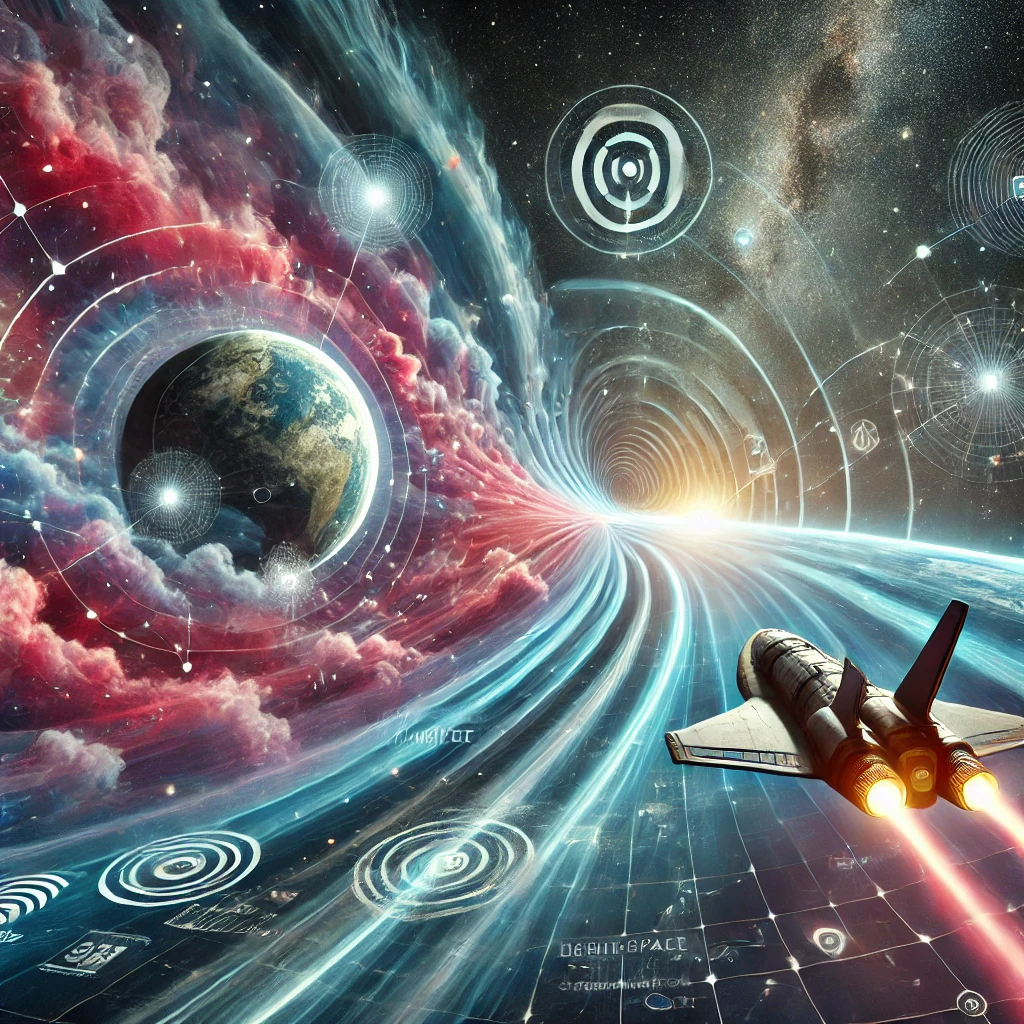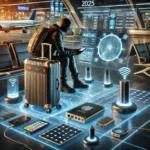Challenges of Communication for Light-Speed Interstellar Travel
As humanity stands on the cusp of interstellar exploration, one of the exciting possibilities—if not necessities—is the development of light-speed spaceships. However, with the incredible advancements in technology that would make light-speed travel possible, there also come significant challenges, particularly in the realm of communication.
The Challenge of Maintaining Contact
Exploring the vastness of space at light speed sounds like an extraordinary leap in scientific achievement. Nevertheless, the push for such unprecedented speeds brings with it complex communications issues. Despite moving at the speed of light, maintaining a reliable link with Earth won’t be as seamless as one might hope.
Understanding the Basics of Space Communication
Before delving into the specifics of light-speed travel, it’s essential to understand the fundamentals of space communication. Current technology primarily relies on radio waves, which are part of the electromagnetic spectrum. These signals travel at the speed of light, enabling communication between spacecraft and Earth. However, even these communications face delays due to vast interstellar distances.
Distance and Delay – A Dual Dilemma
At interstellar distances, the farther a spacecraft travels, the longer the communication delay. With current technology, even the nearest stars are light-years away. That means a light-speed space probe sent to Alpha Centauri, located about 4.37 light-years from Earth, would still experience a delay in receiving commands and transmitting data back.
Consider these points:
- The further out into space humanity sends its probes, the longer the time delay for communication signals to reach them.
- Light-speed communication might sound immediate, but over cosmic distances, it’s still subject to delays measured in years.
- This delay applies even if the spacecraft itself is moving at light speed, as information cannot travel faster than this universal speed limit.
The Interstellar Medium and Signal Integrity
Another significant barrier arises from what lies between the stars: the interstellar medium. This medium consists of dust, gas, and cosmic radiation. When a communication signal travels through space at light speed, it interacts with these particles, potentially distorting or weakening signals.
Maintaining the integrity of communications over such vast distances is a major challenge. Mitigating distortion requires advanced error correction technologies and transmission protocols to ensure that the information relayed from Earth—or the spacecraft—arrives intact.
The Technical Hurdles of Faster-Than-Light Communication
There is a conceptual distinction between traveling at light speed and communicating faster than light. While hypothetical theories like quantum entanglement have suggested possibilities, established physics currently dictates that nothing can travel faster than light, including communication signals.
Potential Solutions: Can Technology Bridge the Gap?
Addressing communication challenges necessitates innovation. Various theoretical solutions have been proposed, each with their unique advantages and technical limitations:
- Quantum Communication: Although not yet practical, quantum entanglement might offer faster-than-light communication methods. However, significant technological breakthroughs are required before this could be a viable solution.
- Relay Stations: Establishing intermediate relay stations in space might help maintain communication links. These stations could store information until they are within reasonable distance to transmit it effectively to Earth or the spacecraft.
- Autonomous Systems: Since real-time communication isn’t feasible, onboard artificial intelligence could make autonomous decisions in response to their mission objectives. They could function independently of Earth for extended periods.
The Importance of Human-Centric Solutions
While developing advanced tech solutions is pivotal, it’s equally crucial to factor in human-centric aspects of communication during interstellar travel. As these missions could span decades, the psychological impact on astronauts due to communication delays must be taken into account.
Psycho-social Challenges
In scenarios where real-time communication is impossible, astronauts may feel isolated from mission control and loved ones. Embarking on long-duration missions without regular contact with Earth could lead to both operational risks and mental health issues.
- Increased Autonomy: Training astronauts to operate with greater independence may reduce reliance on Earth-based instructions.
- Pre-recorded Messages: Pre-recorded messages from family and mission control might help reduce the psychological distance.
- Virtual Reality Technology: Immersive environments could simulate more frequent interaction, easing isolation and potentially offering relaxation or stress-relief.
Conclusion: A Collective Effort for a Cosmic Goal
The quest for interstellar travel at light speed holds the promise of great discovery and exploration. Yet, overcoming the communication challenges it presents requires a concerted effort across diverse scientific disciplines. It involves not just groundbreaking technological innovation but also considerations of human psychology and operational protocols.
Ultimately, cracking the conundrum of effective interstellar communication lies in combining the wisdom of the past with futuristic solutions. Until then, Earth remains our anchoring point, and imaginative minds continue to work tirelessly to find ways to keep in touch with those who dare to traverse the stars.










